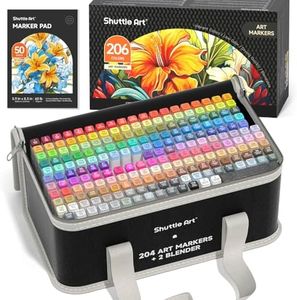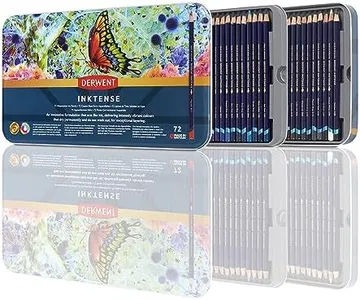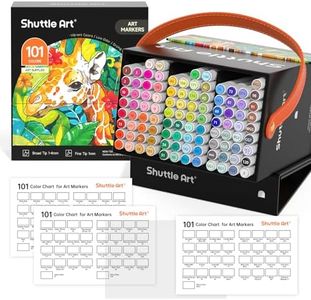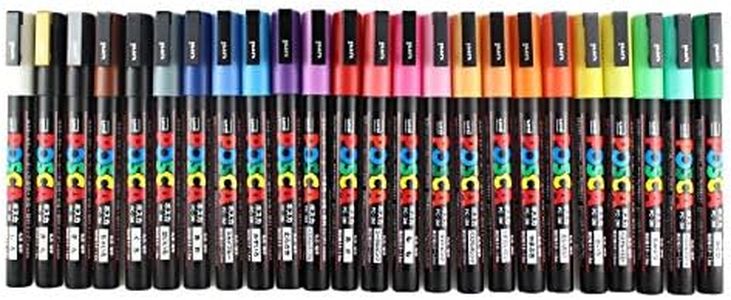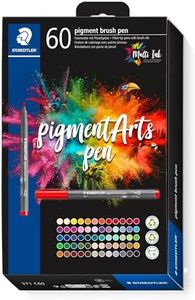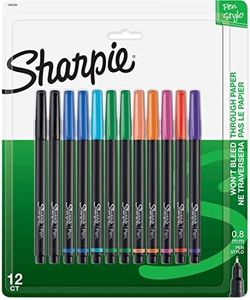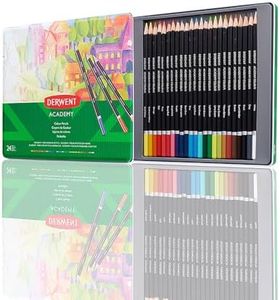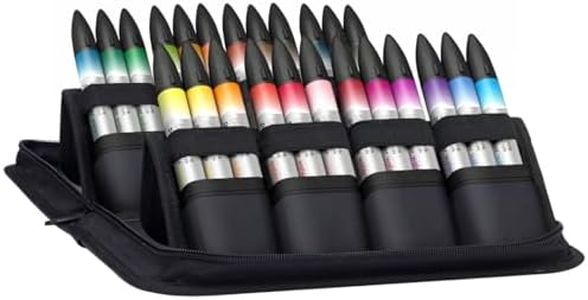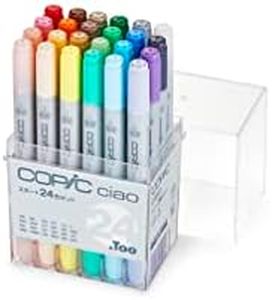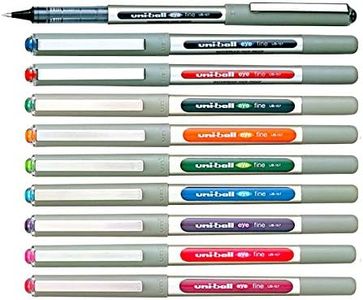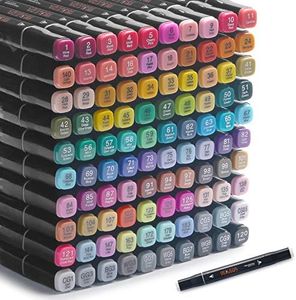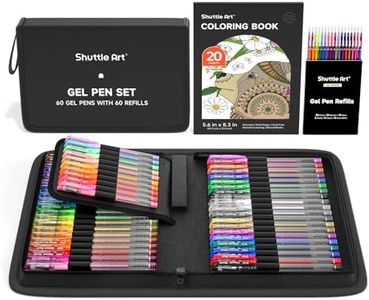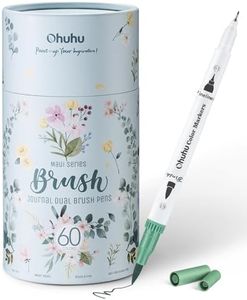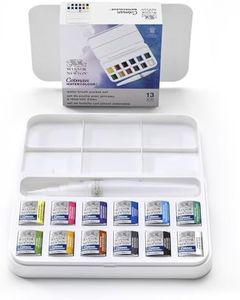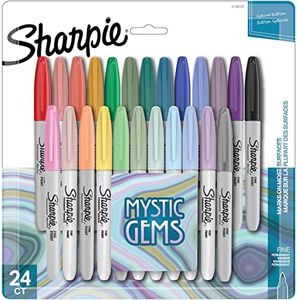We Use CookiesWe use cookies to enhance the security, performance,
functionality and for analytical and promotional activities. By continuing to browse this site you
are agreeing to our privacy policy
10 Best Art Pens
From leading brands and best sellers available on the web.Buying Guide for the Best Art Pens
Choosing the right art pen can make a huge difference in your creativity and the results of your artwork. Art pens come in many forms, each suited for different styles, techniques, and surfaces. When you're picking an art pen, it's helpful to think about your drawing style, the kind of lines or effects you want, and whether you need your work to be permanent or erasable. Always try to sample a pen if you can, or read plenty of user reviews, as the feel of a pen in your hand and how it interacts with paper can be very personal.Tip TypeThe tip, or nib, of an art pen determines the way ink flows onto your paper and the kind of lines you can produce. Common types include fine, bullet, brush, chisel, and felt. Fine and bullet tips are great for detailed work and precise lines, while brush tips are flexible and mimic the feel of a paintbrush for expressive strokes. Chisel tips create both broad and narrow lines depending on how you angle the pen. When choosing, think about whether you’ll be sketching, writing, or creating bold artwork. Select a tip that suits your dominant technique so your finished work turns out just as you imagined.
Ink TypeArt pens use water-based, alcohol-based, or pigment-based inks. Water-based inks are great for blending and are often used in calligraphy and coloring, but they can smudge if not dry and are usually less permanent. Alcohol-based inks are popular for their vibrant, consistent color and fast drying, making them ideal for markers and blending techniques—however, they can bleed through thin paper. Pigment inks are typically waterproof, fade-resistant, and archival, making them best for work you want to last. Consider what you want from your art: mixability, vibrancy, or lasting power, and pick your ink type accordingly.
Line WidthLine width describes how thick or thin the marks from the pen will be. You might see measurements in millimeters (like 0.3 mm for a very fine line) or descriptive terms like 'fine,' 'medium,' or 'broad.' Fine lines are perfect for intricate details, technical sketches, or outlines, while broader tips fill in large areas quickly and create bold effects. If you're not sure which is right, multipacks with assorted sizes can help you experiment and find your preference. Match line width to your main approach: ultra-fine for tiny details, medium for general work, or broad for coverage and dramatic flair.
Ergonomics and ComfortHow a pen feels in your hand matters, especially if you draw for long periods. Some art pens are designed to be more ergonomic, with soft grips or shaped barrels, while others are straightforward and slim. Heavier pens may provide stability, while lightweight designs are easier to maneuver quickly. If hand fatigue is a concern, or you have smaller or larger hands, trying out different grips and weights can make drawing or writing much more comfortable for you.
Lightfastness and PermanenceLightfastness refers to how resistant the pen ink is to fading over time when exposed to light. This is especially important if you want your artwork to last or display it in sunlight. High lightfastness ensures your colors stay true and don’t fade, while less permanent options might be fine for sketchbooks or temporary projects. Check product details or packaging for lightfastness ratings if longevity is a key concern for your art.
RefillabilitySome art pens are disposable, while others can be refilled with new ink or replacement tips. Refillable pens are more environmentally friendly and can be cost-effective for heavy use. Disposable pens, on the other hand, are convenient if you just need a few colors or want to travel light. Think about whether you plan to use your art pens often and whether you want a longer-term solution.
